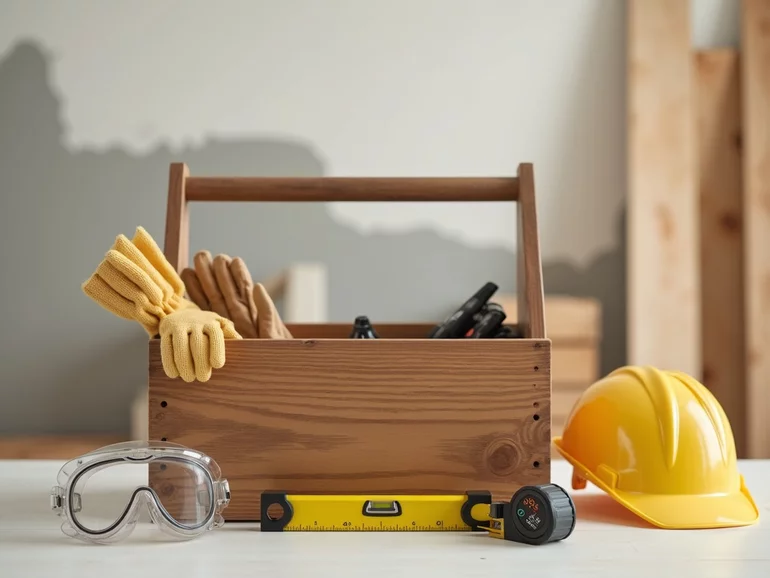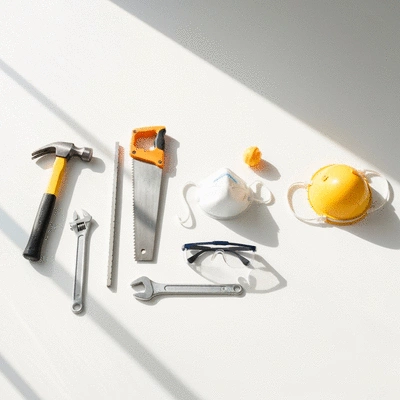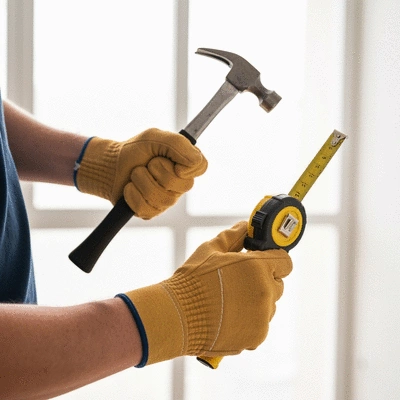
As you embark on your DIY remodeling journey, consider this: home safety is not just a precaution; it\'s an essential foundation for successful projects. With a focus on protecting yourself and elevating your work, understanding safety measures can transform your approach to home renovations.

This visual outlines key areas and benefits of incorporating safety measures into your home renovation efforts.
Minimizes risks & enhances project outcomes.
Proactive steps for a secure environment.
Key practices for accident prevention.
Proactive measures for continuous improvement.
When it comes to tackling home remodeling projects, home safety should always be at the forefront of your mind. At Home Remodeling Insights, I often emphasize that understanding safety measures can make all the difference between a successful DIY experience and a project fraught with risks. After all, a safe home is a happy home, right? Whether you\'re hammering nails or painting walls, prioritizing safety keeps you and your loved ones out of harm\'s way.
Why should safety be your top priority? Well, the reality is that DIY renovations come with a unique set of challenges. From sharp tools to heavy materials, the potential for accidents is ever-present. That\'s why it\'s essential to arm yourself with knowledge and practical strategies for maintaining a safe workspace. By doing so, you’ll not only protect yourself but also enhance the quality of your work! For a broader perspective on construction safety, you might find insights from the Associated Builders and Contractors' (ABC) guide to construction safety best practices helpful, even for DIY projects.

One of the first steps in any remodeling journey is to recognize the importance of safety. As you embark on your projects, consider the following:
Additionally, I’ve seen too many homeowners underestimate the dangers of DIY projects. By treating safety as a priority, you can approach renovations with both confidence and caution. Understanding governmental initiatives like National Building Safety Month underscores the widespread importance of safe building practices.
Preparing for a safe remodeling experience involves more than just donning a hard hat! Here are a few tips to help you get started:
By investing a little time in preparation, you set the stage for a safe and efficient remodeling experience. Remember, the more you know about safety, the better off you\'ll be while enhancing your living space! You can also consult resources like the State-OSHA Annual Report for insights into workplace safety that can be adapted for home projects.
Before starting your DIY project, create a detailed safety checklist that includes all necessary equipment and precautions. This not only helps you stay organized but also ensures that you won\'t overlook important safety measures. Don\'t forget to review it with anyone who will be helping you on the project!
As we wrap up our discussion on home safety for DIY remodelers, it’s crucial to remember that safety should always come first. Whether you’re tackling a small project or a major renovation, keeping these essential tips in mind will help you create a safe and productive working environment. Let\'s dive into some key points that every DIY enthusiast should consider!
By adhering to these guidelines, you can minimize risks and enjoy a smoother remodeling experience! Remember, embracing a safety-first mindset is not just about following rules; it’s about fostering a culture of caution and awareness in your home renovation projects.
Instilling a safety-first mindset in your approach to home renovations can be a game changer. It not only protects you but also enhances the quality of your work. I often remind myself and others that each project deserves respect—especially when it comes to safety precautions. Here are some ways to promote this mindset:
Creating a culture where safety is a priority helps ensure everyone involved understands its significance. So, let’s commit to staying vigilant and supporting each other in fostering a safer DIY environment!
Now that we’ve covered the essential home safety tips, it’s time to take action! Implementing the strategies discussed will set you on a path to safer DIY projects. Start by evaluating your current workspace and identifying areas for improvement. Here are some next steps you can take:
Taking these proactive measures will not only safeguard your project but also enhance your overall confidence as a DIY remodeler!
To continue your journey toward mastering DIY safety, I encourage you to explore additional resources that provide valuable insights. Some great options include:
By expanding your knowledge and staying informed, you’ll be better equipped to handle any home remodeling project safely and effectively. Remember, at Home Remodeling Insights, we are here to support you every step of the way!
Here is a quick recap of the important points discussed in the article:
Unity Flooring & Interiors
13750 Treeline Ave S unit 02, Fort Myers, FL 33913
Tel: (239) 298-9529
At Home Remodeling Insights, led by Madeline Birch, we empower homeowners to confidently navigate remodeling decisions by providing clear, practical advice on DIY projects versus hiring professionals. Join us to make your home improvement journey informed and successful.
